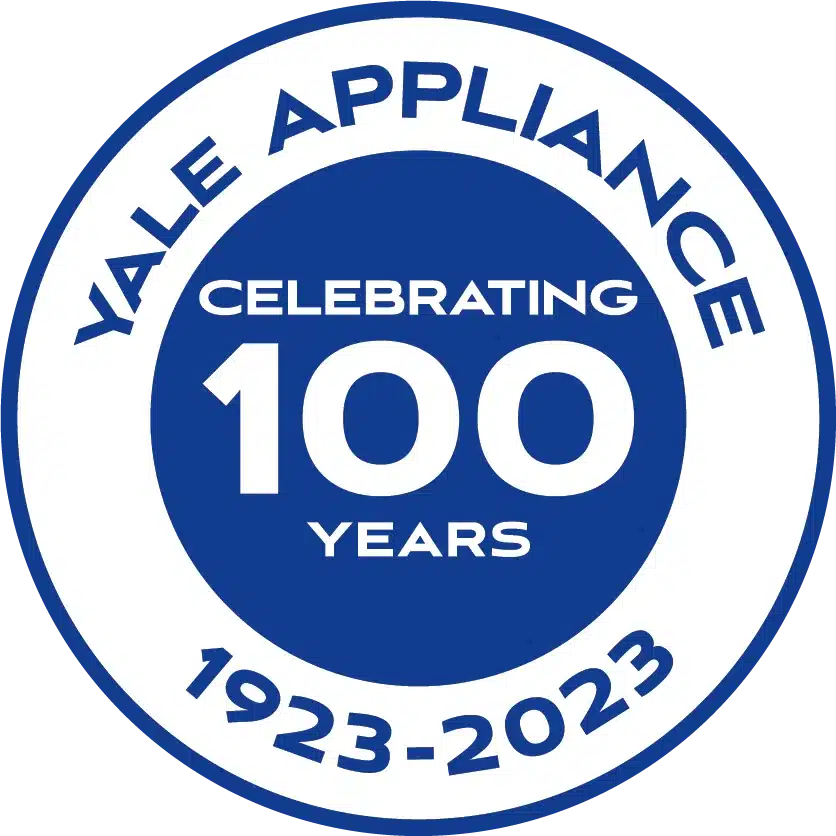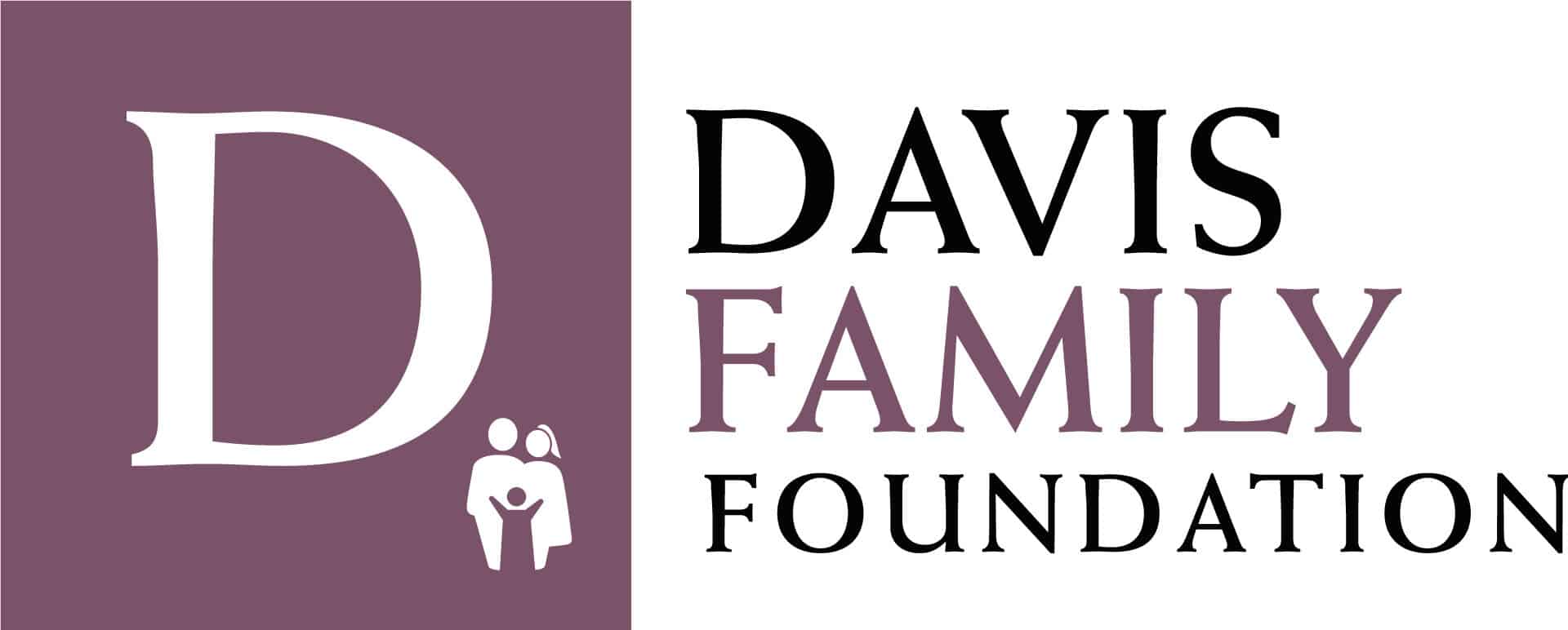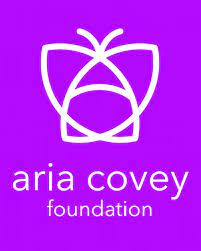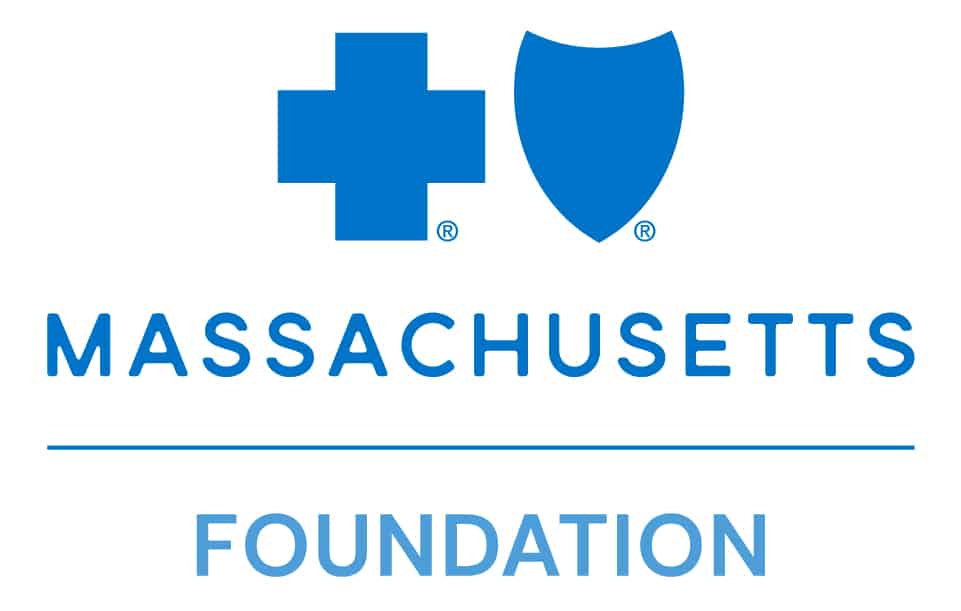 The first of four posts celebrating World Breastfeeding Week and National Breastfeeding Month 2019. Read the introduction to the series here.
The first of four posts celebrating World Breastfeeding Week and National Breastfeeding Month 2019. Read the introduction to the series here.
World Breastfeeding Week 2019 is focused on “Empower Parents, Enable Breastfeeding.” Donor milk and milk banking are powerful and empowering. One of the objectives of World Breastfeeding Week 2019 is “Engage with individuals and organizations for greater impact.” Use of donor milk is a remarkable four-way engagement:
- Milk banks
- Donor mothers and their partners
- Recipient parents
- Hospitals that use donor milk
Milk banks create an opportunity for parents to empower one another. Mothers who have more milk than their babies need proudly and generously donate it to help other mothers and babies. Fathers, and older siblings, also participate in this unique act of kindness and empowerment. As new parents themselves, donors understand well the vulnerability and fear of having a fragile, sick, small baby. They also understand that, by donating milk, they are empowering mothers and enabling their breastfeeding success. Our donors and recipients are eloquent ambassadors for this partnership:
Ashlynn’s mom, a milk donor:
“I am a donor as a result of [my daughter]. She arrived early and she was a recipient of donor milk for a couple of days prior to my milk coming in. She was born at 29 weeks and 4 days, and weighed 3 pounds, 2 ounces . . . I can remember the nurse saying, ‘Your milk isn’t in yet. Our options are that we start with formula or donor milk.’ I couldn’t imagine saying ‘no’ . . . because the kind of mom who donates milk is me, a mom who has more than enough, and would like to help another baby or babies.”
See Ashlynn and her mom in a video on our website.
Anouschka and Jaret, parents of milk recipients:
“We had twins that were desperately in need of good food to make them stronger and healthy. The idea about Mothers’ Milk Bank . . . it’s about care, it’s about wanting to give every child the best start they can have. As a woman, and especially a mother . . . I was completely happy and blown away by . . . the great help they offered to us,” comments Anouschka. “It is one of the most wonderful gifts that you can receive, something natural and something real from someone else,” adds Jaret.
See Anoushka and Jaret in a video on our website.
Megan, mother of a milk recipient, describes in a blog post how donor milk helped provide a bridge to breastfeeding after an unexpected cesarean section and tongue tie:
“I was pumping to get my production up. I was exhausted, still in pain from my C-section, and felt like I was failing my first test as a mother. That night, I cried in front of a stranger for the first time in at least a decade. That’s when the lactation consultant recommended using donor milk. I signed the waiver, and a few minutes later, Emme got her first round of supplemental milk. The donor milk made all the difference. My daughter was no longer crying after feedings, and she started gaining weight. I gained back my sanity. Within two weeks, Emme regained her birth weight and is now doing beautifully.”
Hospital staff and policies are the fourth partner in use of donor milk to empower parents and enable breastfeeding.
From an interview with Jennifer Riley, a postpartum nurse and lactation consultant at Brigham and Women’s Hospital:
“It helps to involve all key parties in the decision about using donor milk so that it’s an interdisciplinary effort across physicians, nurses, educators, hospital administration, and others. ‘Engage everyone at the beginning because it’s a multi-step process,’ said Jen. ‘The more people invested at the beginning, the smoother it is. The milk bank does a great job of visiting staff and supporting them through the process.’
“’Probably the most important factor are nurses. . . . They are at the crossroads, as they are empowered to implement the whole, multi-step process. In our hospital they really embraced donor milk. They are willing to bend over backwards for something that a mother wants. There was an adjustment period at first, but now it’s an accepted part of their postpartum care because they see the impact it has on mothers and babies. . . . Seeing their patients successfully have their needs met is what drives them.’”
Breastfeeding begins with the family unit—parents and baby. Milk banks, milk donors, hospitals work together to empower parents, and enable successful breastfeeding.








